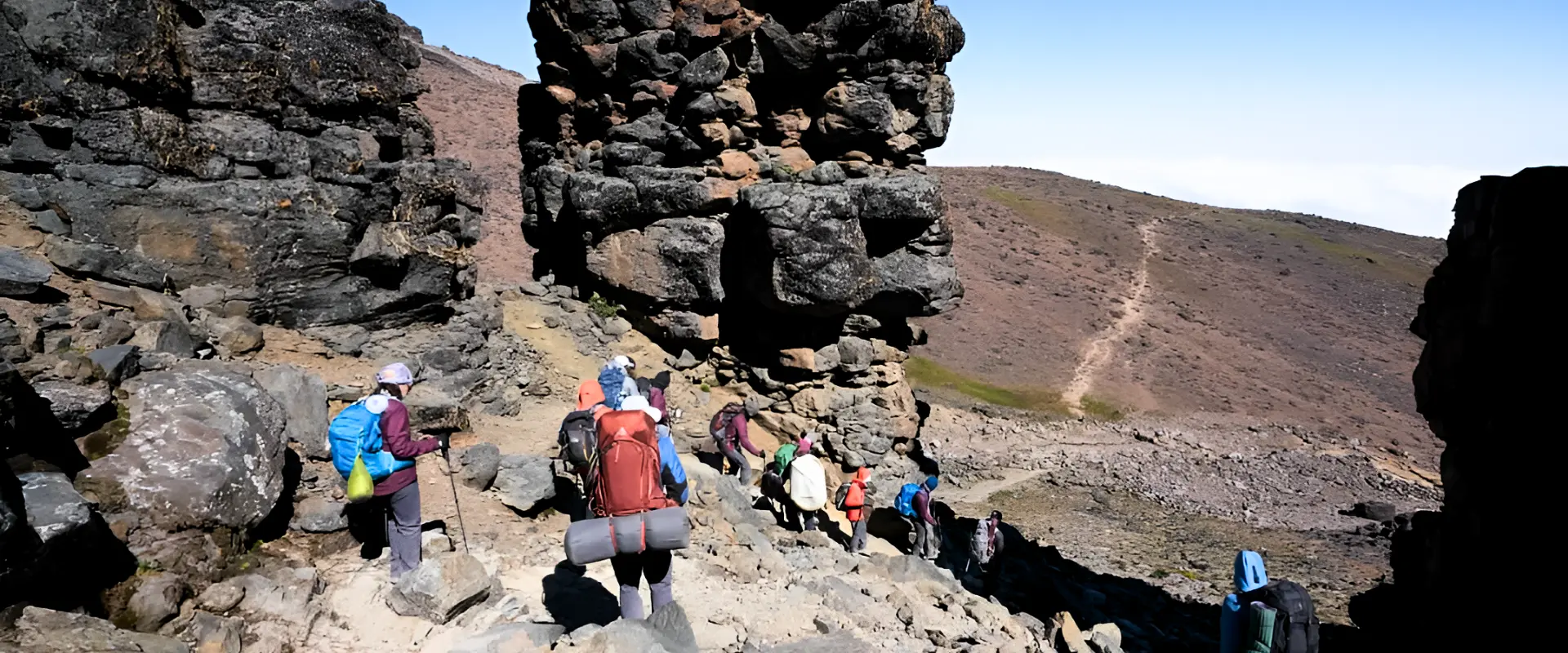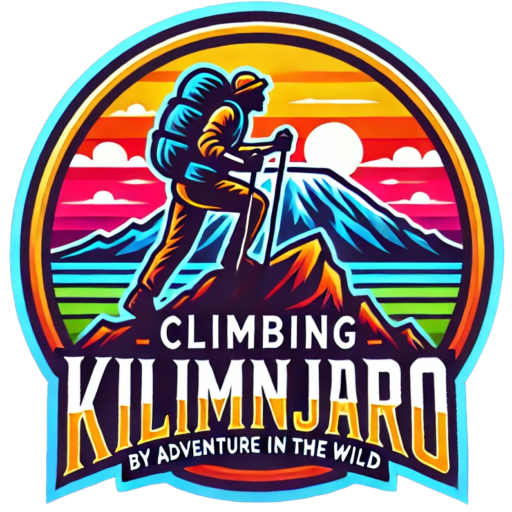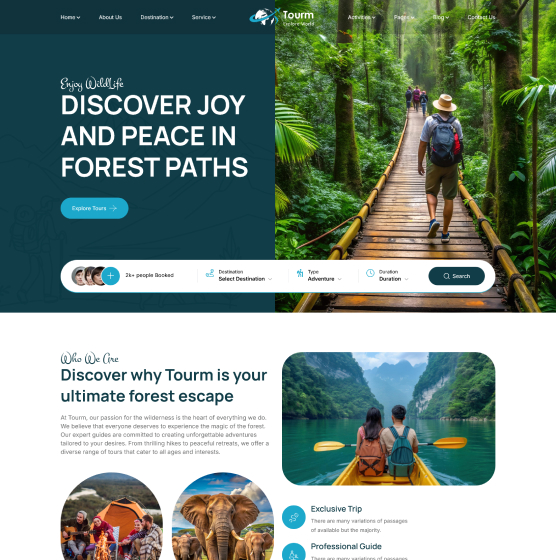Can You Climb Kilimanjaro in a Day?
Can You Climb Kilimanjaro in a Day? A question that comes up every once in a while, is whether it is possible to climb Kilimanjaro in one day. These questions come from people who want to do a day walk or someone who wants to reach the top and back down in that amount of time.
We’ll look at both situations in this piece.

A Day to Reach the Top
You can reach the top of Kilimanjaro in one day. This is only possible for very good athletes who have trained hard and, most importantly, are already completely used to the high altitude of the mountain.
The following famous people have made speed ascents of Kilimanjaro:
- Karl Egloff: This athlete, climber, cyclist, and mountain guide broke the record for the fastest climb and descent of Kilimanjaro in 2014. He did it in 6 hours and 42 minutes. It only took him 4 hours and 56 minutes to get to the top.
- Kílian Jornet: Before Egloff, Kílian Jornet, a Spanish ultrarunner and mountain athlete, had the record for the fastest time to climb Kilimanjaro. He did it in 7 hours and 14 minutes, going up and down both sides.
- Simon Mtuy is a mountain guide and endurance runner from Tanzania. He holds the record for the fastest climb and descent without help, taking 9 hours and 21 minutes.
- Kirsten Schou Madsen is the fastest woman to climb Kilimanjaro. She is a Danish ultrarunner. In 2018, she made it to the top in 6 hours and 52 minutes.
Kilimanjaro speed records show that it is possible for people to reach the top of the mountain in one day. But it’s important to remember that these are very good athletes who did these things in perfect circumstances. Their success was due to their extreme physical health, long-term acclimatization, and technical know-how.
For the normal hiker, trying to reach the top of Kilimanjaro in one day is not only dangerous, but also unrealistic. Acclimatization is the main issue. Hikers risk getting serious altitude sickness, which can be life-threatening, if they don’t give their bodies enough time to adjust to the higher elevation.
A Hike on Kilimanjaro in One Day
For people who are short on time, a day walk up Kilimanjaro is a safer and smarter choice. Hikers can see the lower sides of the mountain this way, but it won’t get them close to the top. Kilimanjaro has many day hikes, such as the Marangu, Machame, Lemosho, and Shira paths. The trails for these trips begin at different points, so people can hike for several hours, stop for lunch, and return before it gets dark.
Hikers can see a lot of different plants and animals in the montane jungle. They may see chameleons, crested turacos, colobus monkeys, and blue monkeys. Looking for Kilimanjaro’s unique plants, like giant groundsels, giant lobelias, and daisies, in the heathland zone.
In general, how long does it take to climb Kilimanjaro?
On the mountain, there are a number of well-known paths. For the main roads, it takes between 5 and 9 days. Climbers can get used to the high level more or less slowly with these plans. This makes the margin of safety bigger and lowers the risk of getting altitude sickness by a lot. The longer ways are the best for getting to the top because they have the highest success rates.
Adequate acclimatization is necessary to lessen the affects of high altitude and keep from getting altitude sickness. This process lets the body get used to the lower oxygen levels over time.
The Risks of Being High Up
In the words of the Society of Mountain Medicine, high elevation means:
- The height above sea level is between 1500 and 3500 meters (4900 to 11500 feet).
- 3,500 to 5,500 meters above sea level is very high. That’s 11,500 to 18000 feet.
- Extreme height means more than 5,500 meters (18,00 feet) above sea level.
At 5,895 meters (19,341 feet) tall, Mount Kilimanjaro’s peak is at the very top of the world. Because the air pressure drops at these heights, the lungs can’t take in as much oxygen as they would at sea level, even when they breathe in fully. Low amounts of oxygen in the blood, also known as oxygen desaturation, can happen because of this.
It’s because the body can’t quickly adjust to the lower air level that people get altitude sickness, also called acute mountain sickness (AMS). Their bodies are having a hard time making up for it, which causes headaches, sickness, dizziness, tiredness, and trouble sleeping. When the body doesn’t get enough oxygen, it starts to malfunction, especially the brain and muscles, which are very sensitive to changes in oxygen levels.
An interesting idea is to climb Kilimanjaro in one day, but for most people, it’s not possible. The best way to get to the top is to take several days to do it. If you don’t have much time, you can do a day walk on one of Kilimanjaro’s main routes.


















